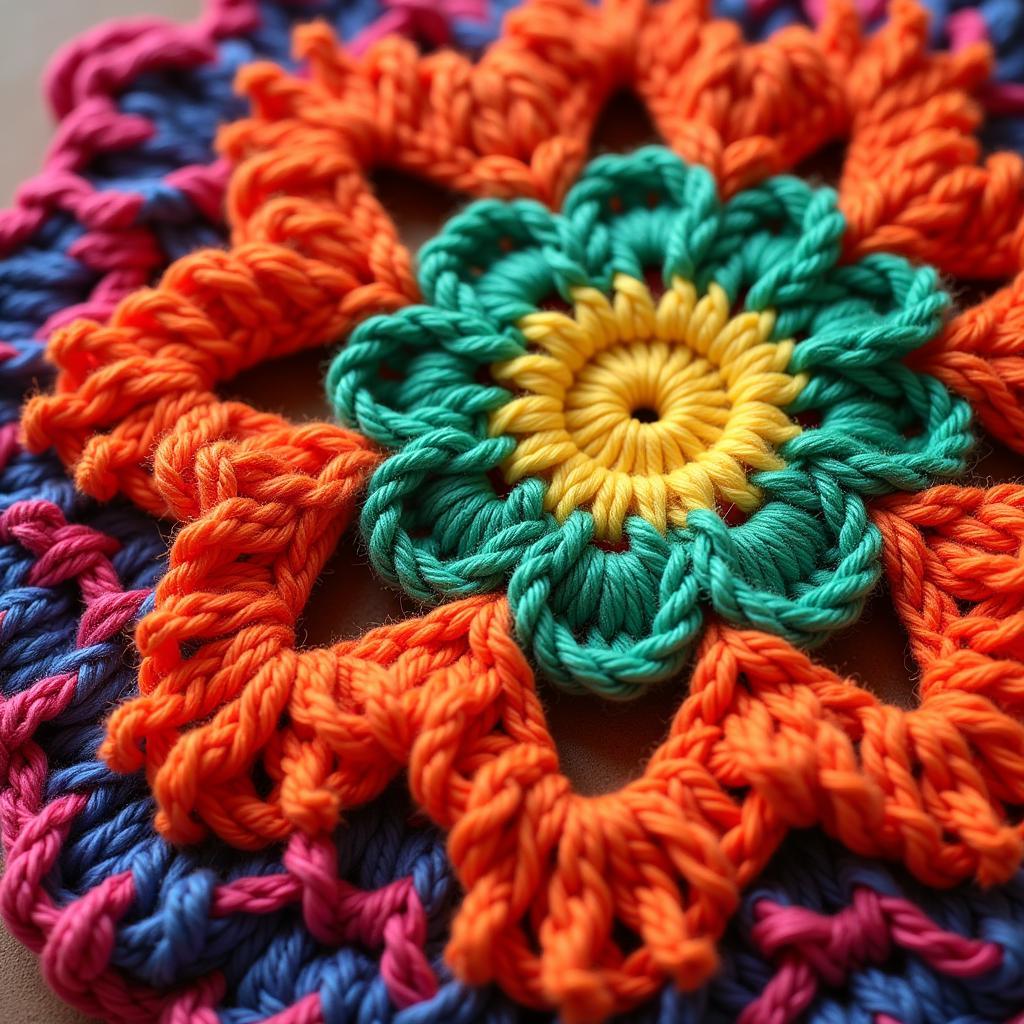African Breeze Plant Care: A Comprehensive Guide
African Breeze plants, known botanically as Coleus forskohlii, are prized for their vibrant foliage and potential health benefits. This guide provides comprehensive information on how to care for your African Breeze plant, ensuring it thrives and brings a touch of African vibrancy to your home.
Understanding the African Breeze Plant
African Breeze plants are relatively easy to care for, making them an excellent choice for both experienced and novice gardeners. Native to regions of East Africa and India, these plants thrive in warm, sunny conditions. While they can be grown outdoors in suitable climates, they are often cultivated as houseplants in cooler regions.
Light Requirements for African Breeze
These plants crave sunlight. Ideally, provide your African Breeze with at least six hours of bright, indirect sunlight each day. While some direct morning sun is beneficial, avoid prolonged exposure to harsh afternoon sun, which can scorch the leaves. If grown indoors, place your plant near a south-facing window, or supplement with grow lights if natural light is limited.
While African Breeze plants are fairly adaptable, inadequate light can lead to leggy growth and dull foliage. Conversely, too much direct sunlight can cause the leaves to fade or develop brown spots. Finding the right balance is crucial for optimal growth and vibrant coloration.
Watering Your African Breeze Plant
Proper watering is essential for healthy African Breeze Plant Care. These plants prefer consistently moist soil, but they are susceptible to root rot if overwatered. Allow the top inch of soil to dry out between waterings. Water thoroughly, ensuring the water drains from the drainage holes in the pot. Avoid letting the plant sit in standing water.
During the growing season (spring and summer), you’ll need to water more frequently, perhaps once or twice a week, depending on the climate and the size of the pot. In the winter months, reduce watering to once every two or three weeks, as the plant’s growth slows down.
The key to successful watering is to observe your plant closely. Wilting leaves can indicate either underwatering or overwatering, so check the soil moisture before watering.
Soil and Fertilizer Needs
A well-draining potting mix is crucial for African Breeze plant care. A mixture of peat moss, perlite, and vermiculite is ideal. This combination provides good aeration and drainage, preventing waterlogging.
Fertilize your African Breeze plant every two to four weeks during the growing season using a balanced liquid fertilizer diluted to half strength. Avoid over-fertilizing, as this can damage the roots and lead to leaf burn. During the winter months, reduce fertilization to once every six to eight weeks, or stop altogether.
A healthy soil environment will contribute to strong growth and vibrant foliage.
Pruning and Propagation
Regular pruning encourages bushier growth and prevents the plant from becoming leggy. Pinch back the growing tips of the stems to promote branching. You can also remove any dead or yellowing leaves. These pruned stems can be used for propagation. Simply place them in water or moist soil, and they will readily root, producing new plants.
Pruning not only improves the plant’s appearance but also helps to maintain its vigor.
Common Problems and Solutions
While African Breeze plants are generally pest-resistant, they can occasionally be affected by spider mites or mealybugs. Treat infestations promptly with insecticidal soap or neem oil.
Dr. Amani Jabali, a botanist specializing in African flora, emphasizes the importance of observation: “Regularly checking your African Breeze for signs of pests or diseases is the best way to prevent serious problems. Early intervention is key.”
Conclusion
With proper African Breeze plant care, you can enjoy the vibrant beauty of this fascinating plant in your home or garden. By following these simple guidelines on light, water, soil, and pruning, you’ll ensure your African Breeze thrives and brings a touch of African charm to your surroundings.
FAQ
-
How often should I water my African Breeze plant? Allow the top inch of soil to dry out between waterings. This might be once or twice a week during the growing season and less frequently in winter.
-
What kind of light does my African Breeze plant need? Bright, indirect sunlight is ideal. Avoid prolonged exposure to harsh afternoon sun.
-
Can I grow my African Breeze plant outdoors? Yes, in warm climates. Bring them indoors during cooler months.
-
How do I propagate an African Breeze plant? Take stem cuttings and place them in water or moist soil.
-
Why are the leaves on my African Breeze plant drooping? This could be a sign of either overwatering or underwatering. Check the soil moisture.
-
What kind of soil should I use for my African Breeze plant? A well-draining potting mix, such as a mixture of peat moss, perlite, and vermiculite.
-
How often should I fertilize my African Breeze plant? Every two to four weeks during the growing season, less frequently in winter.
Common Scenarios and Questions:
- Yellowing leaves: This could indicate overwatering, underwatering, or nutrient deficiency.
- Leggy growth: Likely caused by insufficient light. Move the plant to a brighter location.
- Brown leaf tips: Could be due to low humidity, dry air, or inconsistent watering.
Further Reading
Explore more plant care tips on our website:
- Caring for Succulents
- Growing Herbs Indoors
- The Benefits of Houseplants
Need further assistance? Contact us at Phone: +255768904061, Email: [email protected] or visit us at Mbarali DC Mawindi, Kangaga, Tanzania. We have a 24/7 customer service team.


